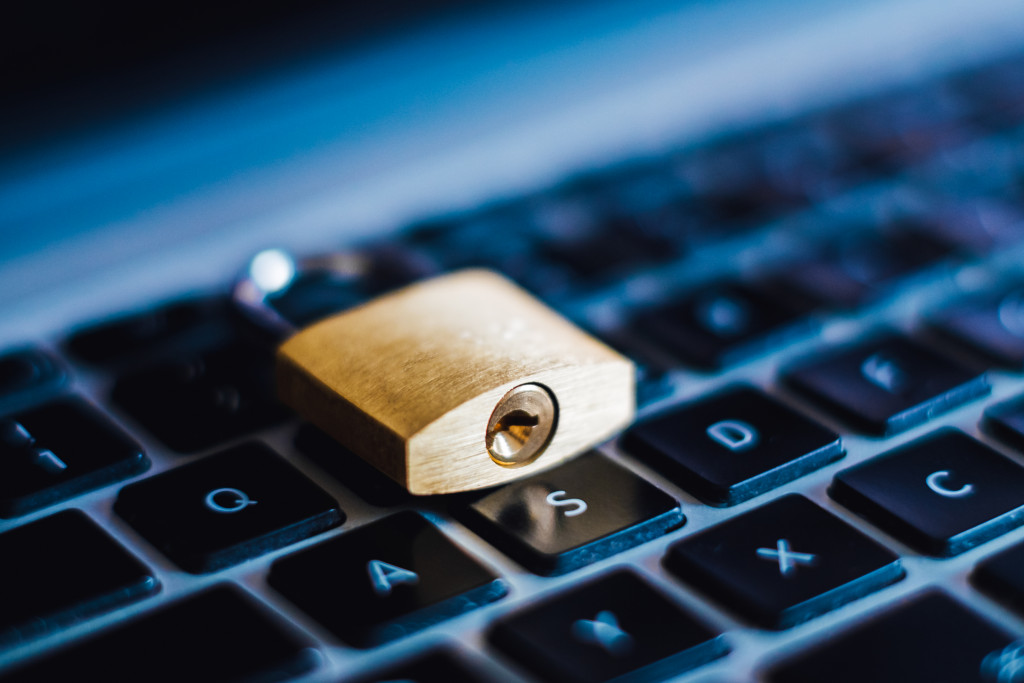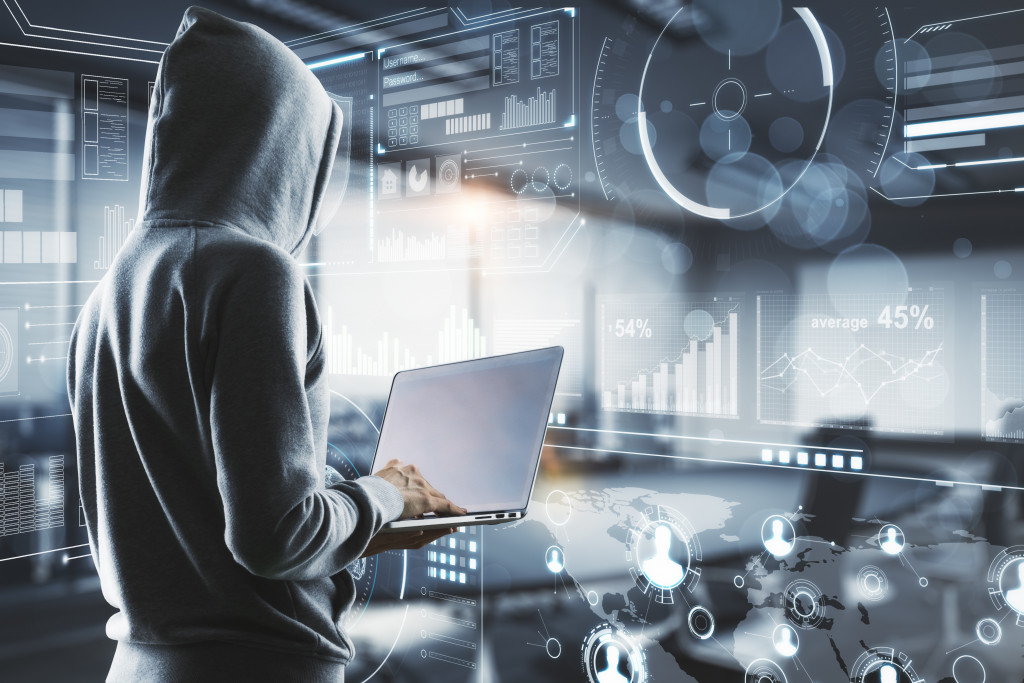- Be wary of phishing scams, and do not click on links unless certain they are safe.
- Create strong passwords for all accounts and change them regularly.
- Avoid using public Wi-Fi networks when accessing sensitive accounts (use a secure home network or cellular data connection).
- Implement multi-factor authentication (MFA) to add additional layers of protection.
- Monitor logs regularly for any suspicious activities.
In today’s digital world, cybercrime is on the rise. Every day, millions of people worldwide fall victim to cybercriminals looking for ways to access sensitive information. If you’re not careful, you could become one of them. But don’t worry—there are steps you can take to protect yourself from hackers, phishers, and other malicious actors. Here’s what you need to know about staying secure online and avoiding becoming a victim of cybercrime.
Be Wary of Phishing Scams
Cybercriminals regularly exploit phishing scams to access personal information, including passwords and banking details. This has become one of their most infamous tactics in the digital age. These scams typically involve an email or text message with a link that looks legitimate but is actually malicious software designed to steal your data when clicked on.
To protect yourself from these types of scams, be wary of any emails or texts that look suspicious—even if they appear to be from someone you know—and never click on any links unless you are certain they are safe.
However, if you unknowingly gave a scammer remote access to your computer, it would be wise to contact an IT specialist to have your computer checked for any malicious software. They can also help you to secure your system and prevent any further attacks.
Protect Your Personal Information

You must take the necessary steps to protect your personal information online. Start by creating strong passwords for all your accounts and changing them regularly. Make sure that each password is unique and includes a combination of letters (upper-case and lower-case), numbers, and special characters such as # or &.
You should also avoid using any personally identifying information in your passwords, such as your name or birthdate. Additionally, avoid using public Wi-Fi networks when accessing sensitive accounts such as banking or shopping sites; instead, use a secure home network or cellular data connection whenever possible.
Stay Up-to-Date with Security Updates
Many cybercriminals rely on outdated security systems in order to gain access to victims’ computers or devices. The impact of a successful cyberattack can be devastating, from stolen customer data to crippling ransomware attacks. Fortunately, there are several security updates that you can implement to help protect yourself from these malicious actors.
Implement Multi-Factor Authentication (MFA)
Multi-factor authentication (MFA) adds additional layers of protection beyond a simple username and password combination. It requires users to provide two or more pieces of evidence—such as an authentication code sent via text message or email—to gain access to an account or system. This makes it much harder for hackers to gain unauthorized access since they need more than just a username and password in order to get in.
Monitor Logs Regularly
Log monitoring is an integral part of cybersecurity best practices. It involves regularly reviewing logs for suspicious activities such as failed login attempts or unusual file transfers. By doing so, you can quickly detect any suspicious activity on your network and take action before it becomes a significant problem.
This is especially important if you are using third-party providers such as cloud storage services; monitoring the activity on those platforms is just as critical as monitoring your own systems.
Use Encryption Software
Encryption software helps keep your data secure by scrambling it into unreadable code that only authorized users can decode with the appropriate key or passphrase. Numerous encryption programs are available, ranging from free, open-source solutions to enterprise-level solutions with additional features like automatic backups and secure remote access capabilities.
No matter which solution you choose, encryption is an essential tool for protecting both your data and your customer’s data from unauthorized access and misuse.
Update Your Systems Regularly

Software patches contain bug fixes, security fixes, and other improvements that keep software up-to-date with the latest features and defenses against malicious attackers. It’s important to install all applicable updates regularly to ensure that you have the most current version of the software running on your system at all times.
Additionally, having properly updated systems minimize compatibility issues between different applications and reduces technical problems caused by outdated components in the environment.
The Bottom Line
Cybercrime is an ever-present threat in our connected world, but there are steps we can take to protect ourselves from becoming victims of these malicious actors. By following some simple best practices, such as creating strong passwords, being wary of phishing scams, and keeping our systems up-to-date with the latest security updates, we can stay safe online and remain one step ahead of the bad guys!
